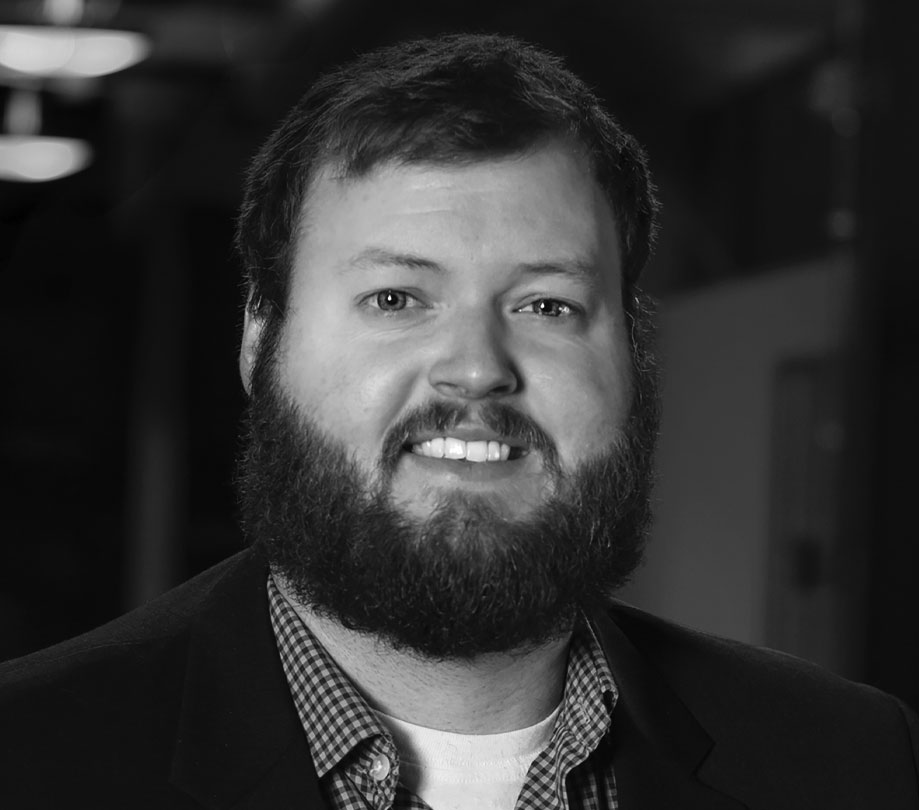[ad_1]
Launched on 1 January 2024, the Horizon Europe DISCOVER-US project is a 30-month project set to energize EU-US collaborative research around the computing continuum, distributed computing, and swarm intelligence. It will strengthen transatlantic research efforts in this area while reinforcing Europe’s position in cloud-to-edge computing, the Internet of Things (IoT), and the tactile Internet. This will be achieved by integrating relevant elements of computing, connectivity, IoT, artificial intelligence (AI), and cybersecurity.
Swarm intelligence project DISCOVER-US initiates new era in EU-US edge AI research
“The name DISCOVER-US has two meanings: researchers from the US will discover “us” in Europe, while EU researchers will discover research in the US. The project will enhance synergies, experience, and knowledge sharing, building an EU-US collaborative research ecosystem for pre-competitive research in topics related to the computing continuum, distributed computing, and swarm intelligence,” says project coordinator Koen De Bosschere (Ghent University).
“As AI and generative AI spread into one’s daily work life and all industrial process chains, it’s imperative that systems and devices or programs can make immediate smart decisions, even in ever more complex and distributed environments. This collaboration with US partners allows us to jointly tackle the ever-increasing complexity of programming for more localized AI at the edge and for an intelligent orchestration of connected IoT objects with growing embedded intelligence. We at the Commission greatly welcome the new era of an EU-US partnership, jointly supporting the pathways for this transformative journey, ensuring trust across the computing continuum,” says Rolf Riemenschneider, head of the sector at the Internet of Things Unit at the European Commission’s DG CNECT.
“DISCOVER-US exemplifies the transformative potential of international partnerships, as it seeks to pioneer a new era in EU-US computer and network systems research. By fostering collaboration among researchers from the European Union and the United States, this initiative not only aims to unlock the full potential of the computing continuum but also underscores the crucial role of partnerships in advancing research on a global scale,” said Ellen Zegura, division director for the NSF’s Division of Computer and Network Systems.
DISCOVER-US especially seeks to promote research contributions that:
- Allow the level of abstraction to be raised in the modeling, development, execution, and orchestration of complex applications deployed on the computing continuum, especially near and toward the edge.
- Generate new concepts for distributed computing, the computing continuum, swarm intelligence, and edge intelligence.
- Allow trustworthy AI-enabled self-organized, dynamic, and adaptive management of the resources required for execution near and towards the edge of the compute continuum.
- Facilitate the conception, development, and promotion of collaborative programming frameworks and software development tools.
- Help improve human understanding and control of the complex applications running on the continuum.
DISCOVER-US will develop a research vision on these themes, sustained by a fabric of joint EU-US research supported by pre-competitive collaboration grants. It will create a transatlantic research community of senior researchers, and fund about 20 pre-competitive transatlantic research collaborations. To facilitate this, the project will draw on the HiPEAC network of computing systems experts in Europe, in close collaboration with colleagues from the National Science Foundation in the US.
DISCOVER-US is managed by a select consortium of experts:
- Coordinator Koen De Bosschere, leader of the Computer Systems Lab at Ghent University and coordinator of the European-funded HiPEAC project;
- Rosa M Badia, manager of the Workflows and Distributed Computing Group at Barcelona Supercomputing Center (BSC);
- Marc Duranton, member of the Research and Technology Department of CEA (French Atomic Energy Commission) and editor in chief of the HiPEAC Vision;
- Tullio Vardanega, professor at the Department of Mathematics, University of Padua; and Ovidiu Vermesan, chief scientist at SINTEF.
Become a subscriber of App Developer Magazine for just $5.99 a month and take advantage of all these perks.
PDf
[ad_2]
Source link



